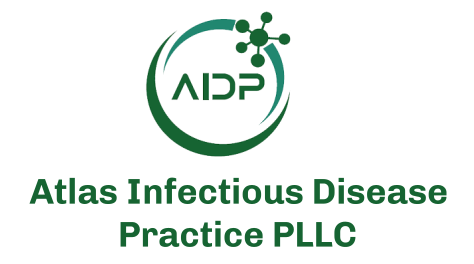At the 2025 MAD-ID meeting, Mark Sheets, PharmD, MSc, professor of pharmacy and pharmacology at Midwestern University and director of the Pharmacometrics Center of Excellence, facilitated a conversation about the evolving role of pharmacokinetic/pharmacodynamic (PK/PD) modeling in infectious diseases, and why its clinical relevance is only just beginning to take hold.
“PK/PD modeling—which has now been around for a while, really since the 1980s—is going to start making more of a difference now because we have a lot of computational tools at our fingertips,” Sheets said. “Our cell phones now are more powerful than the big computers we had back then.”
Advances in assay technology are also driving this shift. Sheets noted that newer, easier-to-implement methodologies are becoming accessible at more institutions. “You won’t always have to send things out to reference labs. You’ll be able to take drug concentrations from your own patient and input them into sophisticated computer models—often accessible right on your phone—to guide real-time decisions,” he explained. “So, I think that’s going to be the big change: software is more available, and assays are improving.”
Despite this technological progress, PK/PD optimization in clinical practice still comes with challenges—especially in complex or critically ill patients. “PK/PD dosing is just one piece of what matters for the patient,” Sheets said. “We know that patients come in with varying levels of severity, and some are more amenable to treatment than others.”
The key, he emphasized, lies in what pharmacists and clinicians can control. “We often can’t affect their morbidity scores or how sick they are when they enter the ICU—certainly not as pharmacists,” he said. “But the modifiable factor we do have is the drug: how we’re dosing it, how frequently we’re giving it, and whether we’ve selected the right medication.”
From his perspective, optimal use of PK/PD tools allows clinicians to give patients the best possible shot at recovery. “Using the best information we have to choose the right drug, give the right dose, and get the patient to the right concentration—not just dose—is the best we can do,” Sheets said. “PK/PD is just one piece of the puzzle, but it’s one of the modifiable ones.”
When asked for a real-world example of PK/PD-guided therapy improving outcomes, Sheets pointed to vancomycin, a drug whose traditional dosing strategy is quickly evolving. “One of the key things with vancomycin dosing is the shift toward an AUC-based strategy—area under the curve—rather than relying solely on trough concentrations,” he said.
“Trough concentrations don’t do a great job of predicting AUC. They’re really just a variable estimate. When clinicians use troughs to guide therapy, they tend to give larger doses, which increases the risk of kidney injury,” Sheets explained. “An AUC-based strategy is more precise. It’s more tailored to the individual patient. It typically results in giving less vancomycin, which has led to less kidney injury.”
With greater access to both drug assays and intuitive software, Sheets believes clinicians now have the tools to make highly individualized dosing decisions. “It used to take a lot of time and manual calculations, and even then, we didn’t always have the right data,” he said. “But with today’s better assays and readily available software, we can be far more precise—especially in the patients who need it most.”






